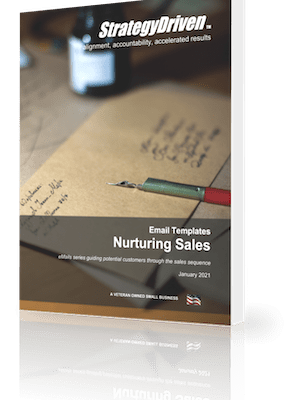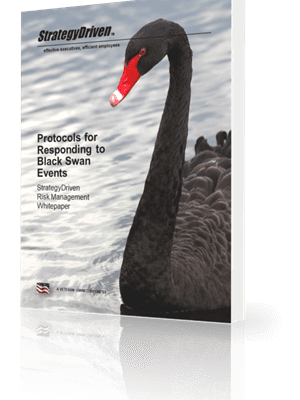Why Converting PSD to Email-Ready HTML Is Not the Same as Web HTML

Before you plunge headfirst into PSD to email conversion, here’s something most people gloss over–
The HTML you build for a website and the HTML for an email are two very different beasts.
But HTML is HTML, right?
Agree. They do share the same DNA. But the email HTML DNA gets stress-tested by dozens of fussy inboxes, outdated rendering engines, and CSS rules that break unceremoniously. Things that web HTML developers rarely have to mull over.
Mimicking web HTML while dealing with email HTML is an unfailing plan to end up with broken layouts, missing images, and frustrated subscribers.
This means that packing that PSD design into an email is not the same as serving it up for a website.
That’s why knowing the difference is the first way to understand the process of creating HTML email templates from PSD files.
In this post, we’ll answer the question of why PSD to email HTML conversion is different from PSD to web HTML.
Email HTML vs. Web HTML: What Really Changes in a PSD Conversion
When it’s time to convert PSD to HTML email, what are the differences between email HTML and web HTML? Let’s dive in.
1. Structure & Layout
First off, layout. While coding in the crazy world of emails, tables inevitably befriend you. And not the hip, semantic HTML you’re accustomed to using for the web.
Why?
Because email clients, especially Outlook, are infamously famous for breaking div-based layouts.
To counter this, email developers use table-based layouts. They are old-school, but reliable in maintaining your email design integrity.
With its grid structure, not only can email developers precisely place images, text blocks, and buttons, but also maintain that placement across all email clients.
On the web, however, layouts are primarily based on divs and semantic elements. Such as
The flexibility that it gives email designers and developers is tremendous. You can easily create email layouts that gracefully morph to fit any screen size or device.
So yes, if your audience isn’t opening emails on antique Outlook, you can experiment with divs and modern techniques, but tables remain a stalwart for guaranteed results.
“So, until Outlook starts updating their HTML and CSS support (which, to be fair, they have been working on), emails will have to be designed with tables—at least to some extent.” — Litmus Blog
2. Styling & Design
HTML in the browser is pure luxury. You’ve got external stylesheets, modern CSS features, and almost unlimited creative freedom.
Email HTML is, to put it kindly, more like self-expression in a straitjacket. The creative freedom is still limited compared to web HTML.
Most email clients now kind of support CSS in the head, but external stylesheets? Nevah. Inline styling is often required for foolproof consistency, and every design element is at the mercy of each client’s unique quirks.
The best way to know what works? Build your email, test rigorously in the most common inboxes, and be ready to adjust based on your audience’s preferences.
3. Typography & Fonts
Web designers luxuriate in custom fonts: Google Fonts, Adobe Fonts, all the typographic candy you could wish for.
Email designers have to keep it web-safe. Most email clients stick to the basics, and custom fonts can melt like ice cream in July.
Stick to defaults, unless you’re willing to take a chance with deliverability. Advanced typography? Leave it at home.
4. Responsive Design
Every client, every device, every size, the responsive email design is a high-wire act. You’ll use CSS media queries, manual pixel pushing, and hope your email doesn’t break in one of the 300,000 ways emails can render—a number email expert Chad S. White once pointed out in his Oracle blog.
Web HTML, on the other hand, dances fluidly with grids, scalable images, and robust responsive frameworks.
Good news: the gap is narrowing, but email designers must still thoroughly test their work.
5. Interactivity and JavaScript
Web HTML is a playground for JavaScript-driven interactivity. Sliders, forms, pop-ups, all tracked and analyzed.
Email? Forget it. JavaScript is blocked, and interactive CSS is no guarantee (except maybe in Apple Mail, and even then, with caveats). Animated GIFs are your go-to for the movement.
6. Media and Images
Images and GIFs work (mostly) in email, but videos and audio are best left out. Compress everything, use absolute image URLs, and test for dark mode compatibility.
Web HTML gets the full media suite — audio, video, SVG, everything the heart desires.
7. Accessibility
Accessibility in email is an uphill climb. Alt text may disappear, interactive elements may not function properly, and color contrast may be insufficient.
However, solutions exist: simple layouts, clear navigation, well-written alt text, and thorough testing can make email design accessible to everyone.
On the web, semantic HTML, ARIA roles, and responsive frameworks enable universal design, raising the bar for accessible experiences.
8. Deliverability & Compatibility
Here’s where email HTML gets really spicy. Web HTML wrestles with browser quirks (Chrome, Safari, Firefox), but email HTML takes on Gmail, Outlook, Yahoo, Apple Mail, and more, each with its own random number generator for breaking your design. Compatibility testing isn’t optional; it’s critical.
Web designers know that even the slickest site can appear odd on Internet Explorer, but at least browsers are updated regularly. Inbox providers change almost daily; what works today could break tomorrow.
In short, A PSD to web HTML conversion is like building a house with modern tools.
A PSD-to-email HTML conversion is like building the same house while following building codes from three different decades, using tools that might break depending on who’s looking at it.
The Bottomline
Why does this whole “web HTML vs. email HTML” thing matter to you, you ask.
If you’re an email developer, you’ve probably made peace with the quirks, wrestled with tables, and learned to code for inbox survival. It’s second nature by now.
But if you’re a web developer venturing into PSD to HTML email conversion for the first time, the restrictions can feel… restrictive.
The clean, modular code you’re accustomed to is no longer there. And every creative piece from the PSD has to be converted into a more fixed language. It’s not harder. Only different.
And once you understand that difference well, you’re well on your way to saving your team hours of rework.













Leave a Reply
Want to join the discussion?Feel free to contribute!